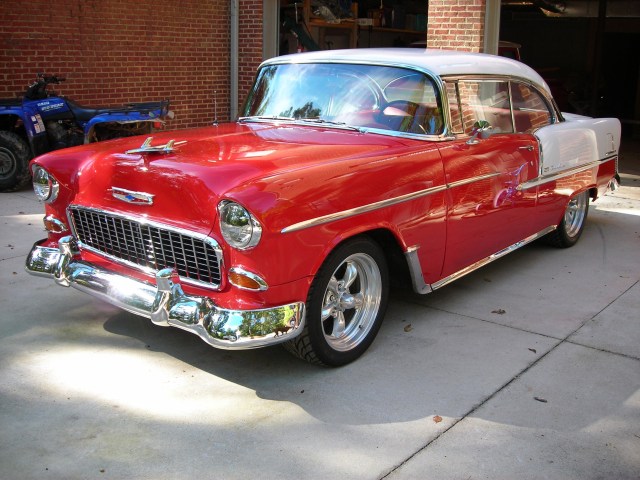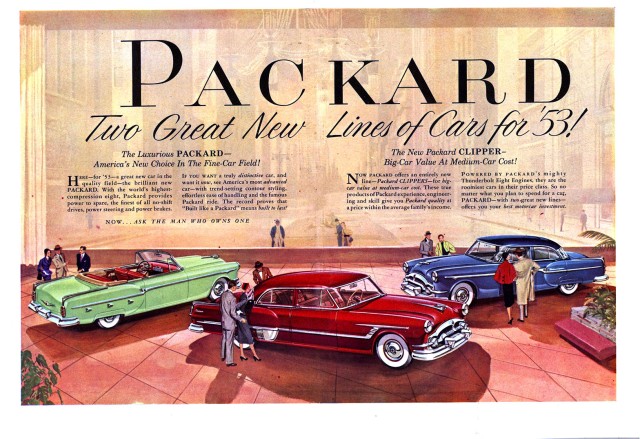Which Classic Cars Have the Most Style?
Which Classic Cars Have the Most Style?
An article published by fashion and style GQ Magazine in 2010 highlighted what their staff felt were the most stylish cars of the past 50 years. While every classic car enthusiast will have different reasons for loving one classic car over another, some of the vehicles this article noted were the:
1964-65 Buick Riviera- GQ staff felt that these cars offered the “smoothest brand of masculinity going” with its unique side-vents and bold front grill. The 64-65 Buick Riviera was among the first generation of Buicks, and is considered a styling landmark.
1966- 1968 Ford Mustang GT- Among the first generation of Ford Mustangs, these cars are perhaps the best examples of American Classics. The 1966 Ford GT 40 is actually the only American car to be overall winner in 24 Hours of Le Mans.
1969 Jaguar XKE- Italian race car driver Enzo Ferrari called this car “the most beautiful car ever made”. Are you inclined to agree?
GQ is not the only publication recognizing the pure sense of style that some cars seem to carry. The Huffington Post also recently released an article with their take on what the 10 best looking cars of all time are. A few of their picks included the:
1973 Porsche Carrera RS- Only produced for two years in 1973 and 1974, this car is considered to be the most popular classic model among collectors.
1967 Ferrari 275 GTB/4- Many Ferrari fans will tell you that this car, of which only 330 were made, were “the best looking and performing variant of the late-1960s V-12 berlinetta.”
1964 Aston Martin DB5- This car has an iconic place in film. Most movie buffs don’t need to be told that Sean Connery drove this vehicle while he was playing James Bond in Goldfinger. The Bond car sold in 2010 for $4.6 million, and a non-Bond car sold for $833,000 just a few months earlier.
These are just a minimal sample of the many different models of classic cars of which car enthusiasts and critics alike define as “stylish”. What do you think; did we leave any game-changers off the list?
At Condon Skelly, we understand the appeal of and desire for classic cars. We are able to insure a wide variety of collector vehicles, from original antiques to newer exotic sports cars, as long as the vehicle is a true collectible. For more information, please contact us today at (866) 291-5694.






